Column
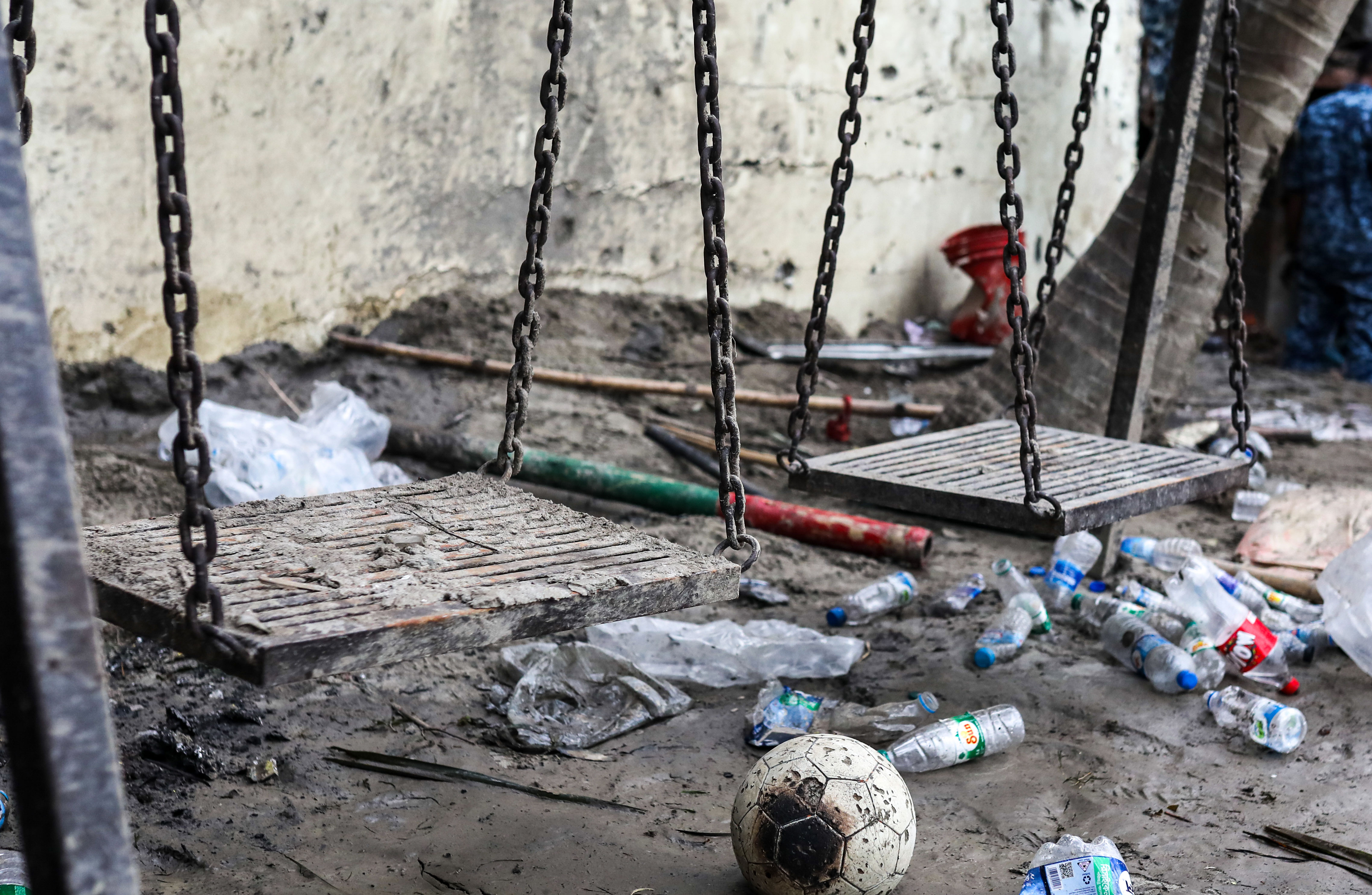
Photo: Md. Rakibul Hasan/ UNB
The horrific plane crash at the Milestone school killing over thirty children and several adults shocked Bangladesh in a way few such incidents have. Obviously, this was so because they were children and the public reaction was of a universal sense of heartbreak and mourning.
People were not only grief stricken but angry too as many thought that such planes shouldn't fly over crowded cities endangering the life of children and adults as the accident showed. While there were other angles of the debate, professional media and social media were flooded with images of burnt and charred bodies belonging to children which produced a lot of negative reactions.
Distributing images
The media has been blamed for producing such images in their own interest that is to increase views and obviously the march was led by TV channels. However, it didn't stop with the showing of such images. The media push has continued with the coverage with reporters asking children and adults too about how they feel about the traumatic incident. In fact, several children released from the various hospitals where they were being treated were asked the same which is sure to generate trauma. They are not even being given the space to heal. They however did get a lot of views.
The scene has become very disturbing and people are asking if the media cares about children or not and if the hunt for views has overwhelmed the concept of the best interest of the people including children and their rights. Another question that has also emerged is whether the people or media consumers in general area complicit in this situation or not.
The media market and rights
Bangladesh media is a curious beast which is not driven by market forces entirely nor can it ignore them either. This tension has increased over the years as the media has had to become more responsive to the consumer demands and though it's not a conventional market driven media, it has to ensure attention to play its role as gatherer of social attention if not capital.
Several researches show that public confidence and trust in the media is not high and many groups and even individuals are becoming mini-media units through their social media presence. Social media has also become more robust than ever before and many prefer to be both consumer and producer of news and comments the traditional monopoly of professional licensed media is gone.
Although a section of the contents there have been proven to be distorted and some totally fake, people have become more interested in social media than professional or paid media. Since social media doesn't have to bear any costs in news making but public media has to, though done very inefficiently, pressures have mounted by many folds making pro media very vulnerable. And in tug of war over audience share, the pro media isn't winning. Its social media calling the shots and if they are going to be sensational and go for reach not concerned about the impact of the content, pro media will have to follow that path even if a few steps behind. It's not about rights anymore in any space but who gets more eyes to watch.
Social media calls the shots
Pro media in Bangladesh is caught in its own definition. It came into being as a non-profit declaring to serve the people which basically meant serving the interest of the owner or the political group backing it. Since under each regime, pro media becomes a monopoly of the ruling party, social media offers the only option for disagreement and protests. During the last regime, this reached an extreme position which ironically promoted social media and its stars including from abroad who wielded great influence over public opinion in general. Since they were outside Bangladesh, no actions could be taken either.
This social media is neither formal nor regulated so for the last half decade or more, it has grown not driven by any code or protocol in which objectivity was the issue. This very quickly spread to other spheres as well. Thus the current nature and character of social media was also promoted by the kind of media that was not allowed to grow driven by professional objectives. It was one of the push factors that made social media the public space for all.
Social media is not only here to stay but is basically pushing the entire media scene. Pro media is trying to keep up with social media and is not doing too well. The traditional crony capitalism media is back but with a difference which is it survives as long as people switch on knowing its reports are not going to be very different from what they get from social media. In some ways, it has become a derived media.
The question of rights of anyone whether of children or adults in the current media scenario has no value. The public wants sensations and that's what the media will supply. Ultimately it's a matter of demand and supply within the framework of consumers and suppliers. Rights and objectivity better apply for visas elsewhere.






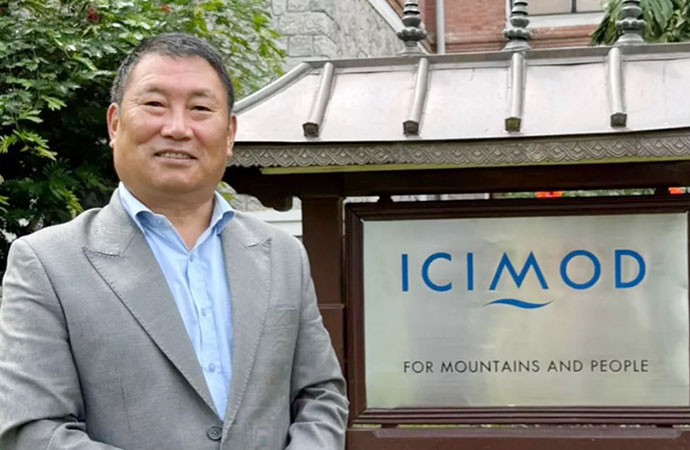
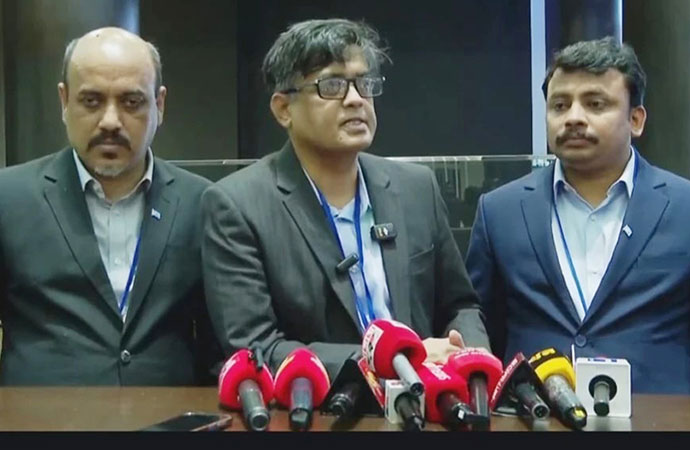
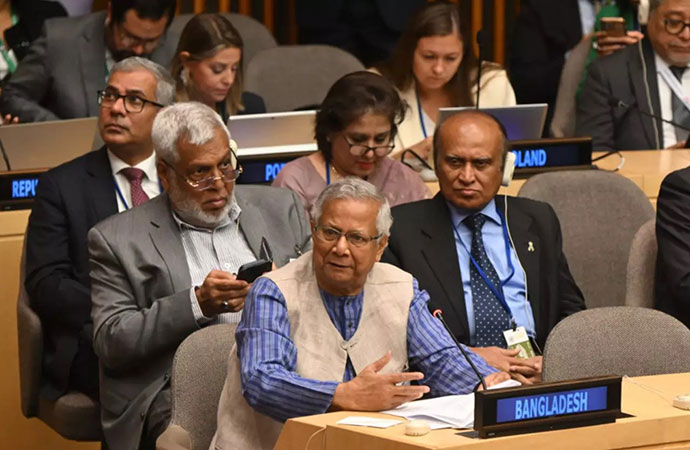
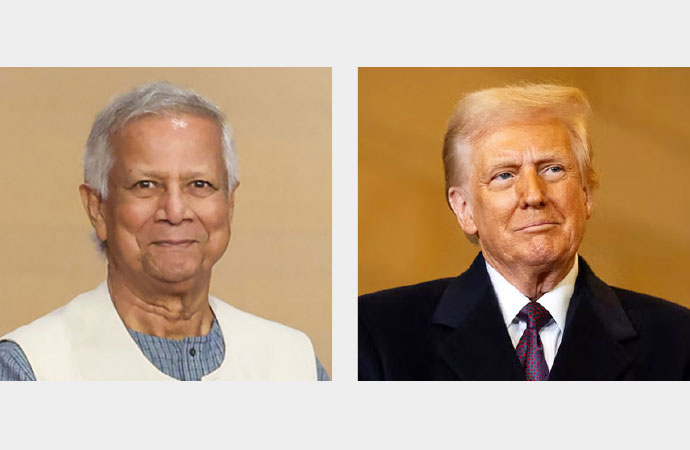
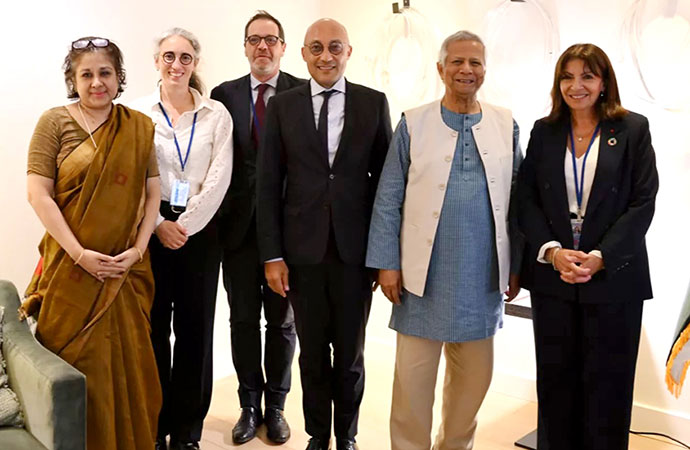
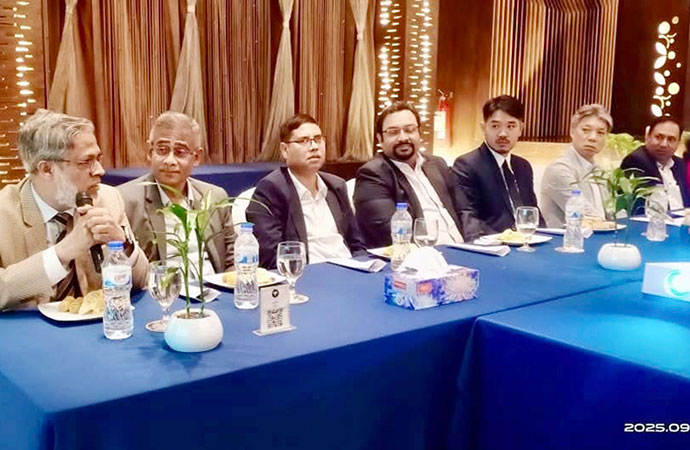
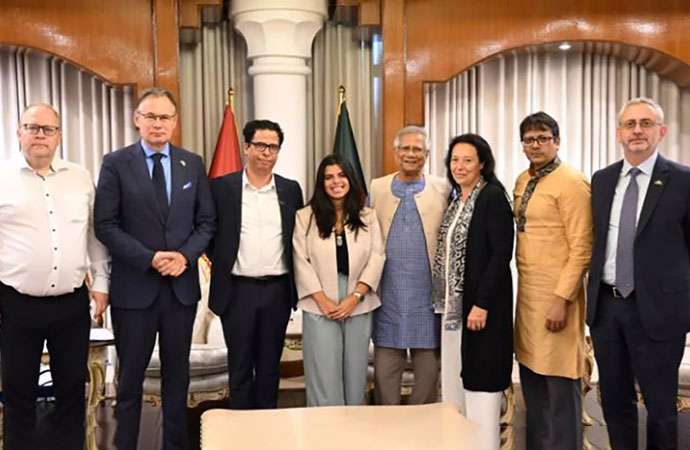
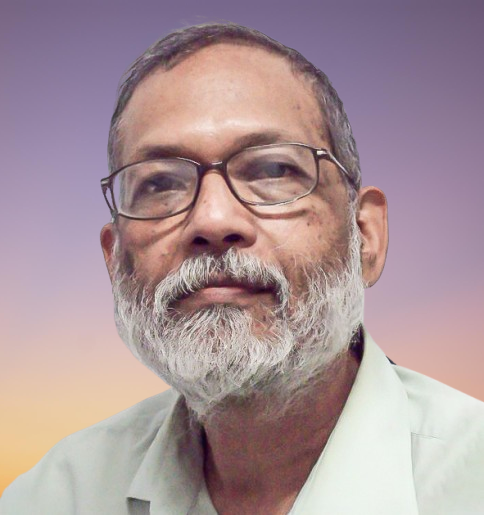
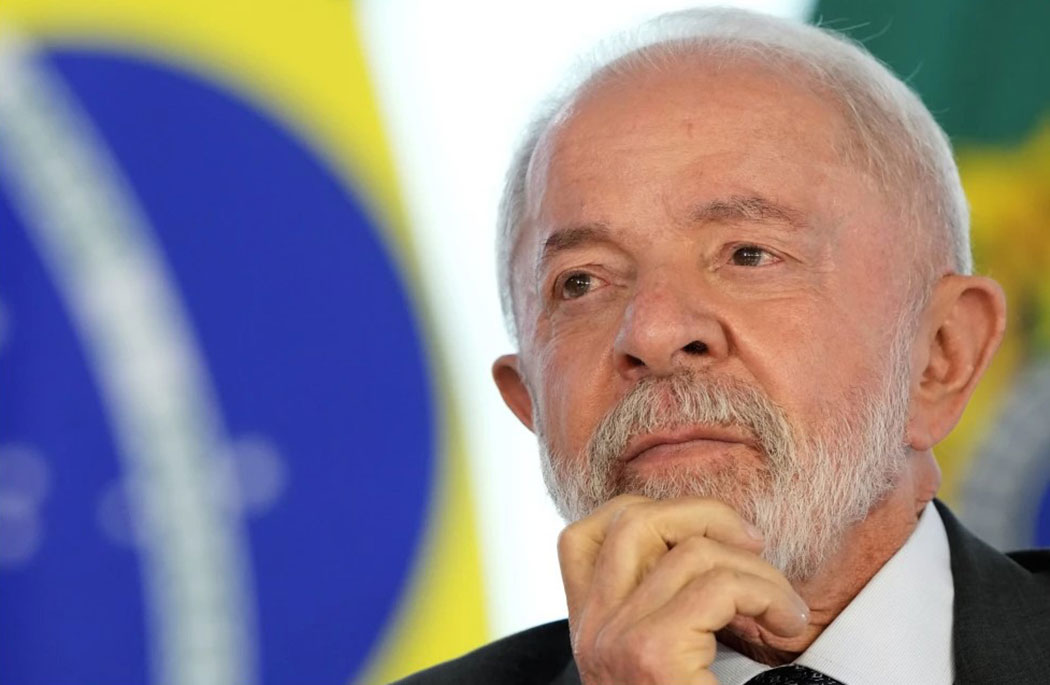
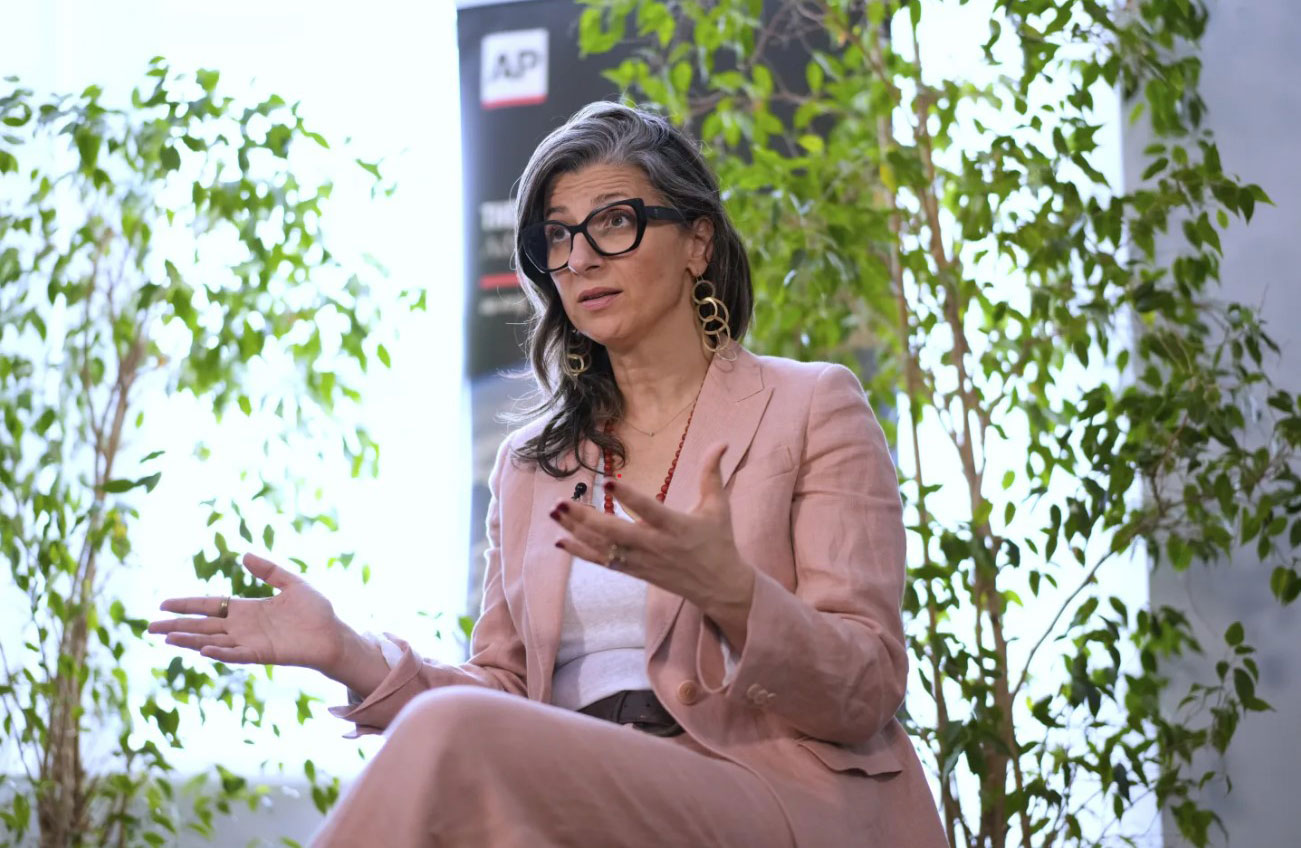


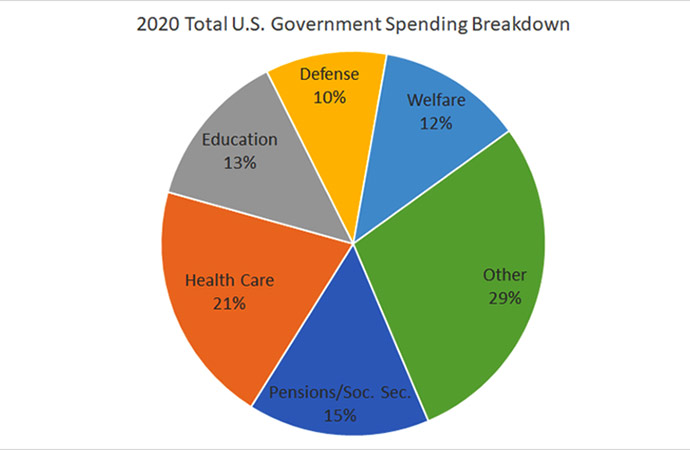
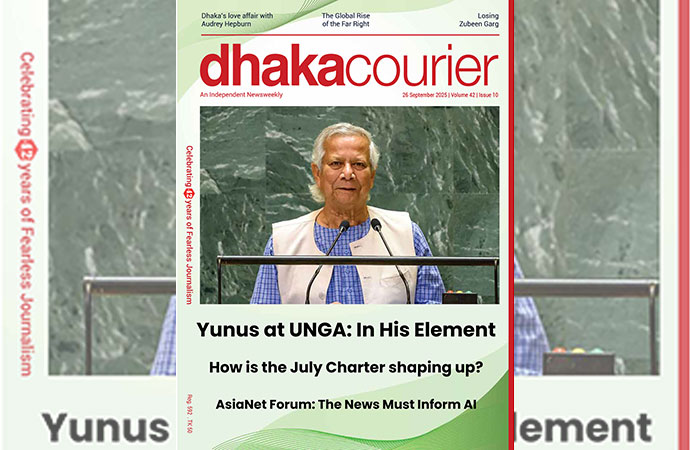
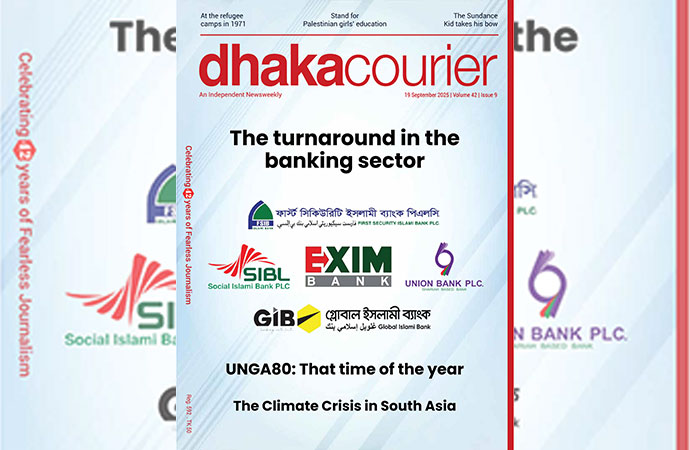
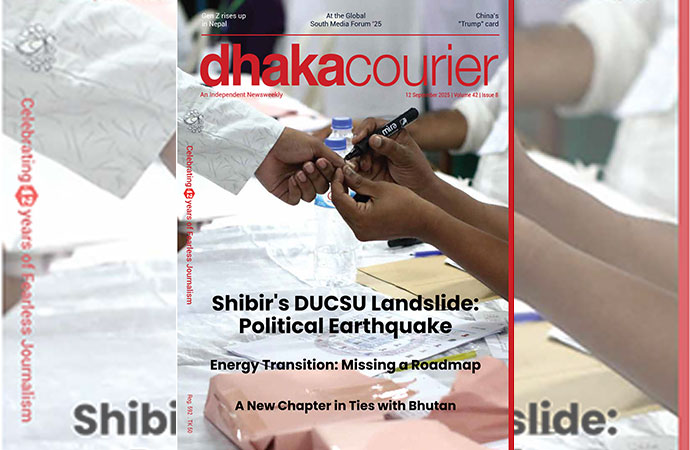
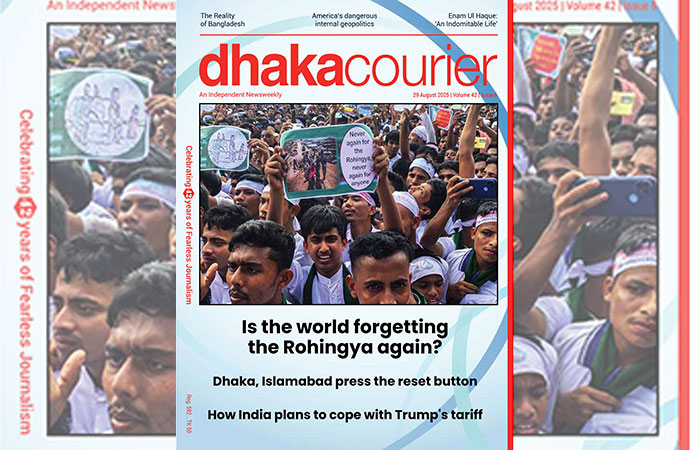
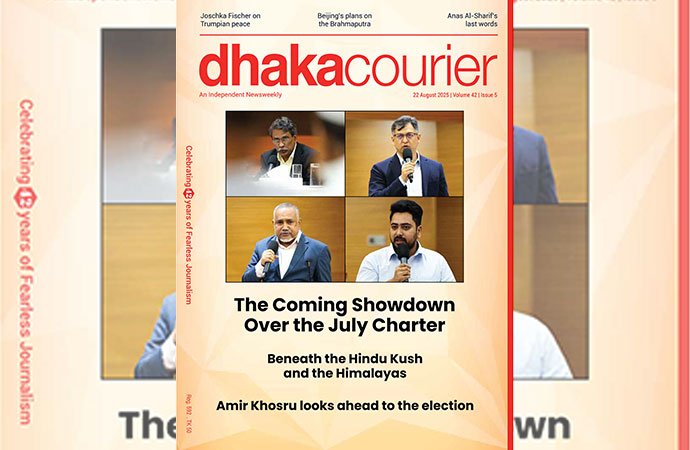
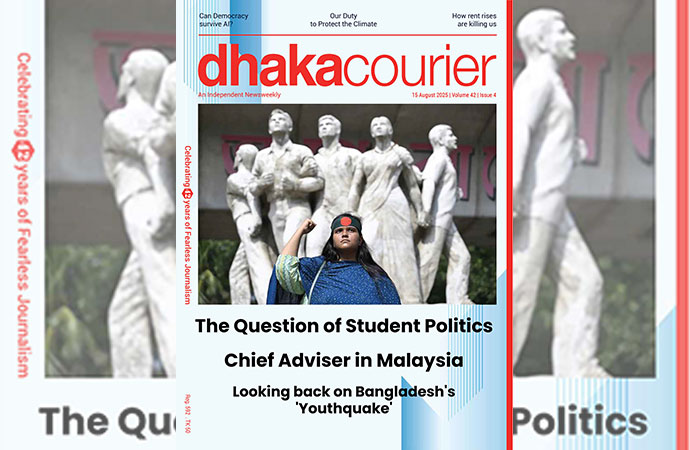
Leave a Comment
Recent Posts
Religion and Politics: A Toxic ...
At Dhaka University, cafeteria workers have been told not to wear shor ...
Enayetullah Khan joins AsiaNet ...
AsiaNet’s annual board meeting and forum was held in Singapore, ...
In a New York minute
Many leaders back a UN call to address challenges to ..
Defaulted loans at Non-Bank Financial Institutions ( ..
How the late Zubeen Garg embodied cultural affinitie ..